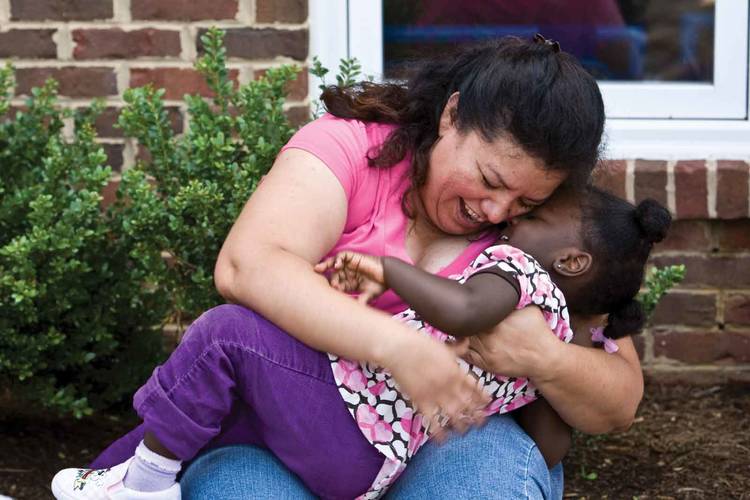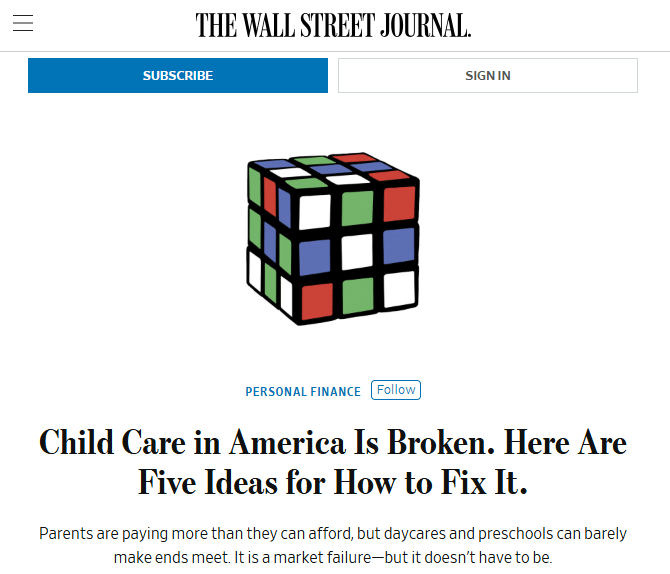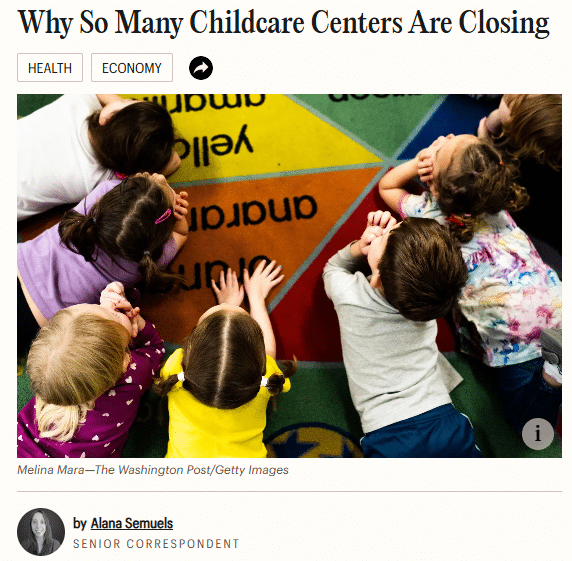Child-care workers are severely underpaid, often earning barely enough to get by and with no real path to ever make much more.
The Child Care Paradox: Families Pay More, Educators Earn Less
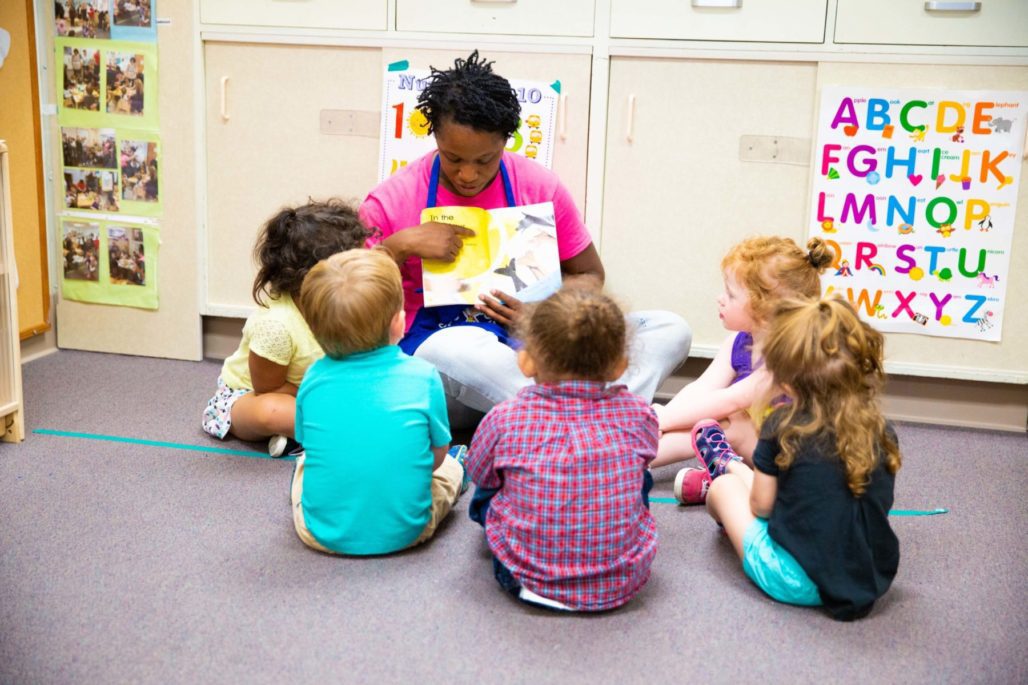
America’s child care system is collapsing . Families are paying more than they can afford, while the very educators who make care possible remain some of the lowest-paid workers in the country. The result? Families are squeezed, programs are closing, and children are caught in the middle.
The numbers tell the story.
- Early educators earn just $13.07 an hour on average, nearly $10 less than the median US worker, and in no state do their wages reach a living standard. They do important work to keep our economy thriving, yet they cannot make ends meet.
- Parents are paying child care costs that rival college tuition or a mortgage. The national average is $13,128 per year. That’s a median of 10% of a family household income and 35% of a single parent’s median income.
- Child care is most expensive for infants and toddlers, even while infant-toddler educators are paid less than preschool educators.
The high cost of child care isn’t because educators are overpaid or because centers are hoarding profits. It’s because the profession relies on intensive, hands-on work, low child-to-staff ratios for safety, and rising overhead like rent and insurance, all without the public funding that supports K-12 education.
When early childhood programs are forced to close, the effects ripple far beyond parents, affecting babies’ development, family stability, and community health.
Sarah LeMoine
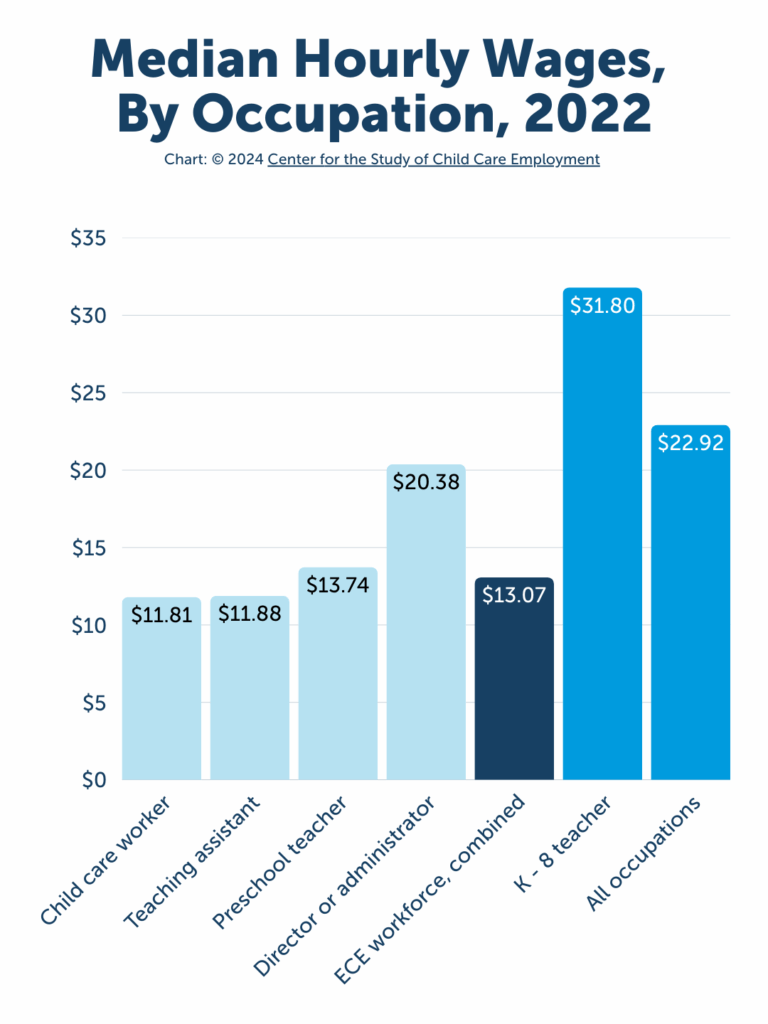
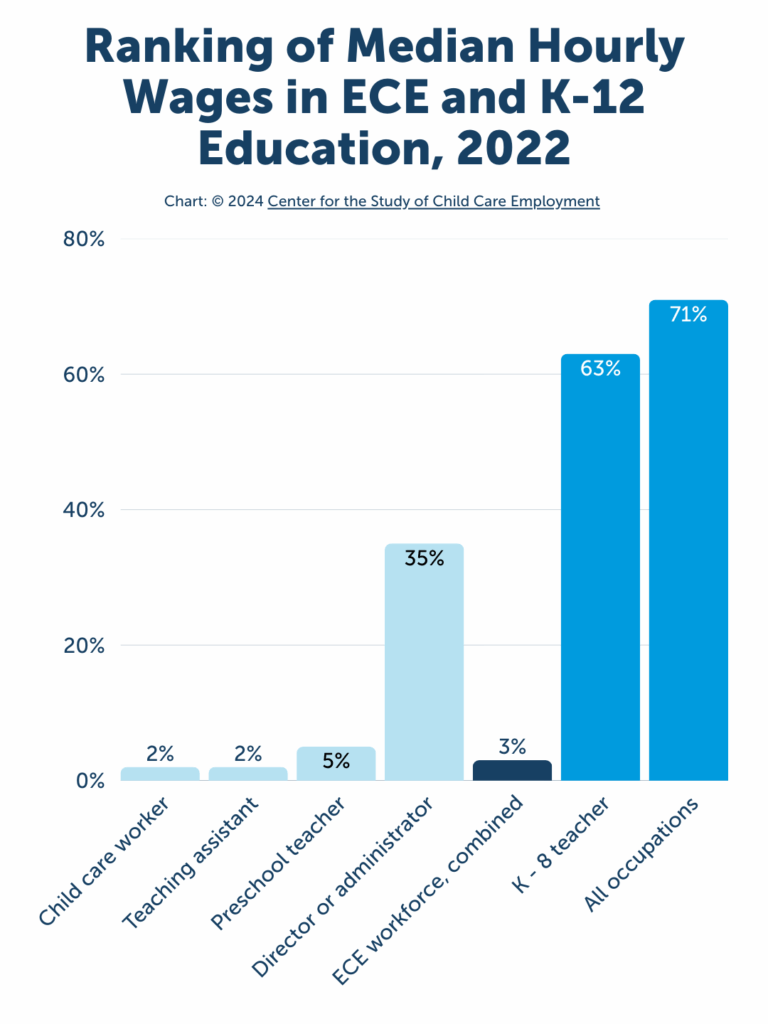
It’s a system that leaves families, educators, and communities struggling.
What’s more, these challenges fall unevenly. Black early educators earn nearly $8,000 less annually than white peers with the same education. Infant and toddler teachers make thousands less than those teaching preschoolers, despite the critical importance of the earliest years. And programs serving low-income families are most at risk of closure, deepening inequities that already leave too many children behind.
A recent article in the Wall Street Journal points to solutions that deserve serious attention: stronger public investment to ease costs for families, tax credits to support both parents and providers, and employer-backed benefits that treat child care as essential infrastructure. These align with what the data make clear: without public investment, families and providers cannot shoulder this burden alone.
The alternative is what TIME warns of: closures on a scale that destabilizes entire communities. Until we invest in needed public funding, parents will pay more than they can manage, while educators earn less than they can live on.
We’re getting to an inflection point. I think enough of us are going to close that they’re going to have to do something.
Family Child Care Provider
The crisis is no longer a quiet one.
Families are exiting the workforce when care is unavailable, educators are burning out, and communities are losing vital child care centers. Without significant policy action to treat child care as the public good it is, these pressures will only intensify.
Babies need high-quality child care that is centered on relationships with trained providers and follows hard-won regulations that protect children’s health, safety and learning. We also need increased public investment to support.
Policymakers need to hear from you.
Tell Congress to make babies and families a national priority.

Next Up
Go to Next Resource
distillation
The Case for Better Compensation of Early EducatorsDespite the immense importance of their work, early childhood educators often face inadequate compensation and undervaluation in society.
